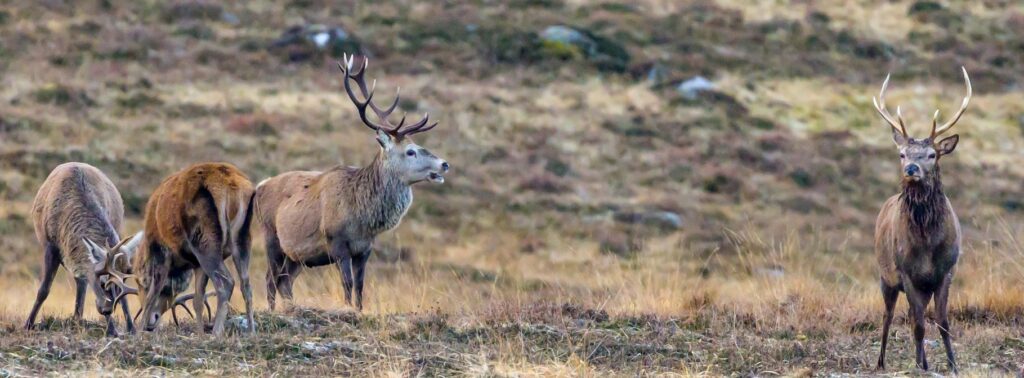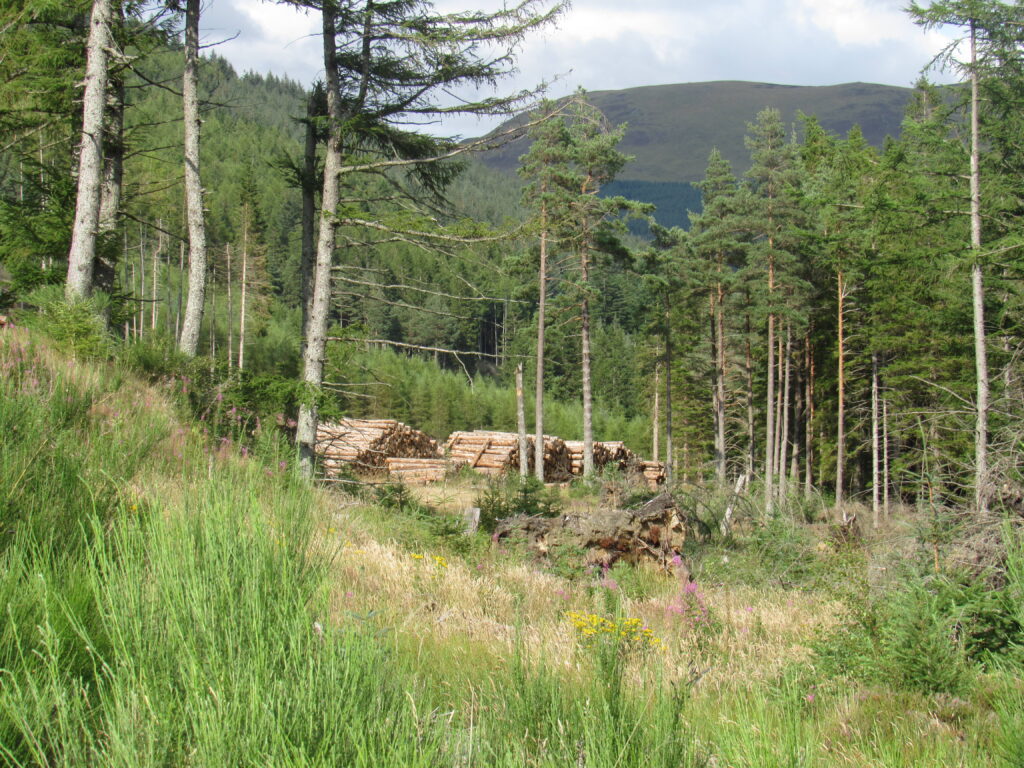
Large tracts of the mountain area within South Grampian are underlain with base rich rocks, and it is this underlying geology which gives the area its valuable and distinctive botanical interest.

However, when combined with the farmland and extensive forestry in adjacent glens, this inherent fertility means that high densities of deer can be sustained. This is good for production objectives, but it puts a lot of pressure on the more vulnerable upland plant communities that require lower impacts. Achieving this balance has long proven to be difficult within the area, and deer densities have been reduced by over two thirds in the last 20 years or so to try and deal with this. It is this inherent productivity which means that numbers can expand quickly, particularly as many deer will be hidden within forestry, and the contribution made by these can easily be under-estimated.
Within the area, the main interest is in red deer, but roe deer will be locally abundant around woodland areas and farmland, with smaller numbers of animals on the open hill as well. There may be occasional travelling sika stags within the area, but with a management strategy being to prevent these from becoming resident. It is not thought that any fallow deer are resident within the area, although they are present in parts of the nearby West Grampian DMG.
Management objectives for red deer are therefore a mixture of production, and farmland, woodland & habitat protection. Deer compete with sheep/ cattle in the main glens and around the periphery of the DMG, and there are a number of extensive and high profile woodland creation projects in and around the area. Caenlochan SSSI/ SAC is the most prominent of a number of designated sites. However, deer production is important as well to several properties, and a number of self employed businesses are directly reliant on having a stock of deer available, with others being indirectly involved in ancillary services. Deer do therefore support a range of local jobs, either in whole, or in part.



